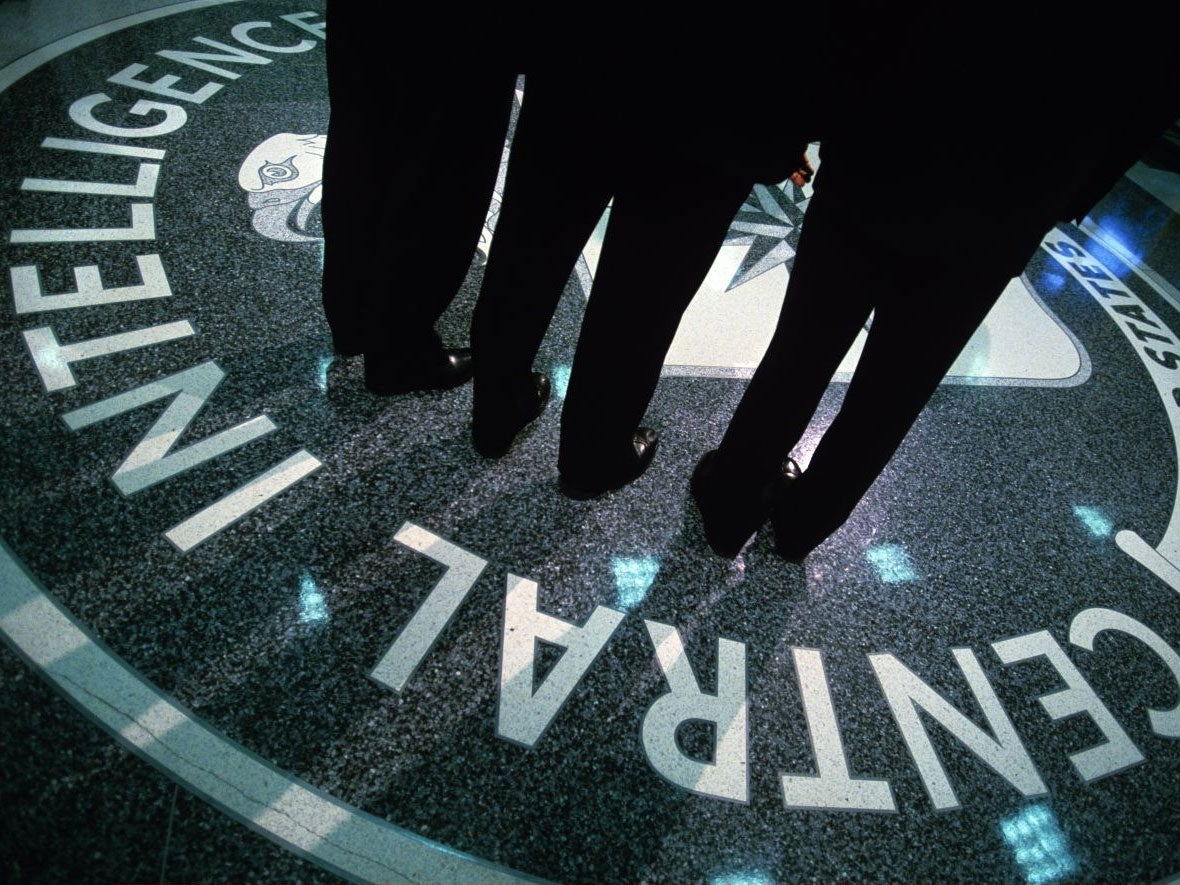What is waterboarding – and what did it do to CIA prisoners?
The CIA used waterboarding repeatedly on prisoners it considered to be of high value

Your support helps us to tell the story
From reproductive rights to climate change to Big Tech, The Independent is on the ground when the story is developing. Whether it's investigating the financials of Elon Musk's pro-Trump PAC or producing our latest documentary, 'The A Word', which shines a light on the American women fighting for reproductive rights, we know how important it is to parse out the facts from the messaging.
At such a critical moment in US history, we need reporters on the ground. Your donation allows us to keep sending journalists to speak to both sides of the story.
The Independent is trusted by Americans across the entire political spectrum. And unlike many other quality news outlets, we choose not to lock Americans out of our reporting and analysis with paywalls. We believe quality journalism should be available to everyone, paid for by those who can afford it.
Your support makes all the difference.Waterboarding, as practised by the CIA, involves strapping down a detainee, covering their face with a cloth and then pouring water over the nose and mouth to create a terrifying sensation of drowning. It is widely considered to be a form of torture.
The technique dates back hundreds of years but it came to earn notoriety in the years after the 9/11 attack when the CIA employed it against suspects detained as part of the so-called war on terror.
The CIA used waterboarding repeatedly on prisoners it considered to be of high value. In 2009 it emerged that Khalid Sheikh Mohammed, the man accused of plotting the attacks on New York and Washington, was waterboarded 183 times in March 2003. Abu Zubaydah, an alleged senior al-Qaeda member was waterboarded 83 times in August 2002.

The newly released Senate report says that Abu Zubaydah, became “completely unresponsive, with bubbles rising through his open, full mouth” after he was subjected to the interrogation method.
It reports the first time the Saudi Arabia-born man was waterboarded. “Over a two-and-a half-hour period, Abu Zubaydah coughed, vomited, and had involuntary spasms of the torso and extremities… Detention site personnel noted that throughout the process he was asked and given the opportunity to respond to questions about threats to the US, but Abu Zubaydah continued to maintain that he did not have any.”
The sections referring the waterboarding of Khalid Sheikh Mohammed reveal mounting concerns from the attending medical officers about the impact on his health. It reports that some of the positions into which Mohammed was placed had not been approved. The medical officer said the CIA team should use saline solutions for the waterboarding as it appeared his blood was becoming diluted.
“The medical officer later wrote that KSM was ingesting and aspiration [sic] a LOT of water, and that in using the new technique we are basically doing a series of near drownings,” the report says.
In 2008, the late Christopher Hitchens volunteered to be waterboarded, something he later wrote about for Vanity Fair magazine. He decided the US should not be using the technique and hoped “waterboard and America” would no longer be mentioned in the same (gasping and sobbing) breath.
Join our commenting forum
Join thought-provoking conversations, follow other Independent readers and see their replies
Comments